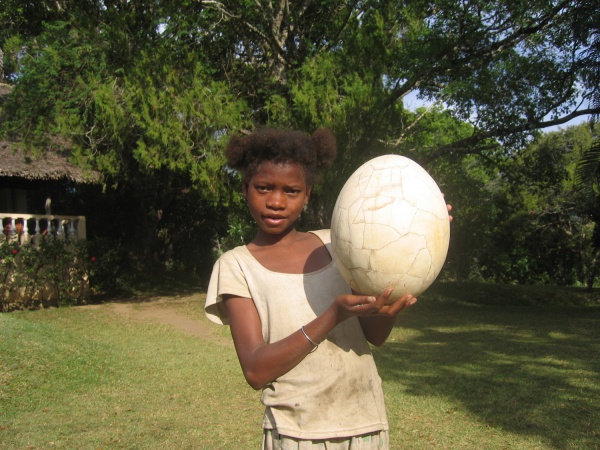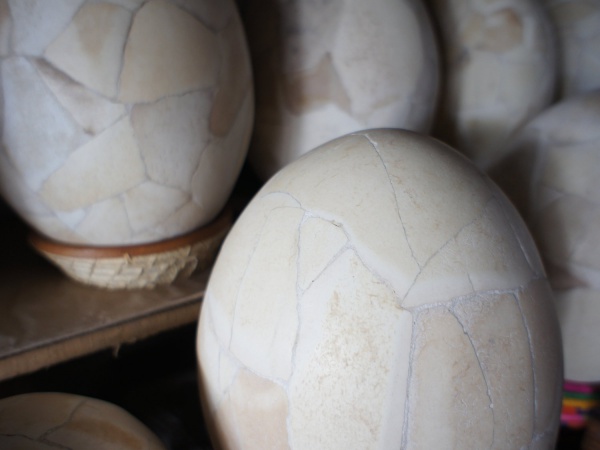Difference between revisions of "Aepyornis maximus"
From MadaCamp
CampMaster (talk | contribs) |
CampMaster (talk | contribs) |
||
| Line 13: | Line 13: | ||
* [http://www.bbc.co.uk/nature/life/Elephant_bird bbc.co.uk/nature/life/Elephant_bird] | * [http://www.bbc.co.uk/nature/life/Elephant_bird bbc.co.uk/nature/life/Elephant_bird] | ||
* [http://en.wikipedia.org/wiki/Aepyornis en.wikipedia.org/wiki/Aepyornis] | * [http://en.wikipedia.org/wiki/Aepyornis en.wikipedia.org/wiki/Aepyornis] | ||
| − | * [http://www.telegraph.co.uk/science/science-news/7405923/Extinct-elephant-bird-of-Madagascar-could-live-again.html] | + | * [http://www.telegraph.co.uk/science/science-news/7405923/Extinct-elephant-bird-of-Madagascar-could-live-again.html Extinct elephant bird of Madagascar could live again] Telegraph 10 March 2010 |
Revision as of 05:04, 11 October 2014
Aepyornis maximus, also known as the Elephant Bird, or Vorombe, meaning large bird in Malagasy, existed in Madagascar several hundred years ago. This flightless bird could grow 2½ metres in height and weight about 300kg. Although it became extinct, today egg shells and on the odd occasion an intact egg can be found along beaches and sandy streams in the south of Madagascar.
Reconstructed eggs of the Aepyornis maximus are often used as decoration in hotel lobbies. Although entire eggs or parts can be found for sale in market places, they cannot be exported without official documentation.
Additional information
- Elephant Bird Egg of Madagascar Sold at Auction for Over $100K 25th April 2013 (z6mag.com)


